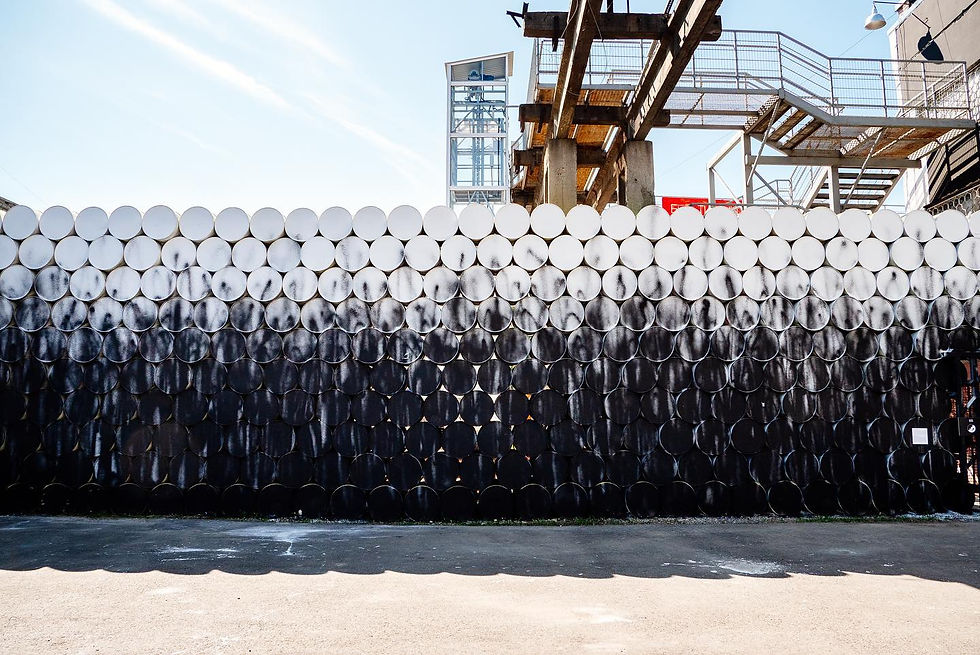Towards the Celestial Empire. New Art of China
- Alice Hall
- Mar 20
- 2 min read

Among Chinese artists, 55-year-old Zhang Huan is considered a contemporary art luminary, second only to Ai Weiwei. His artistic journey began as a radical performance artist in the late 1990s. The exhibition "Inside Out: New Art from China" at the PS1 Contemporary Art Center in New York introduced Huan and other emerging Chinese artists to the Western art scene, prompting his subsequent move to the United States. His international career soared, and his works are now housed in esteemed institutions such as the Fondation Louis Vuitton, the Pompidou Center, and the Guggenheim Museum. Since 2005, Huan transitioned from performance art to focus on object-based works, experimenting with mediums and techniques in a vast studio in the suburbs of Shanghai, where he collaborates with hundreds of assistants.
Revolution and Performance: The Early Years Zhang Huan, born in 1965, belongs to the generation that witnessed the final years of Mao Zedong's Cultural Revolution, sharing this period with Ai Weiwei, eight years his senior. As a student at Beijing's Central Academy of Fine Arts during the 1989 Tiananmen Square protests, Huan, like many young artists, experienced radicalization. The Beijing East Village commune emerged on the outskirts, named after the American countercultural center in the East Village. Collaborating with notable artists such as Ma Liuming, Zhu Ming, and Rong Rong, Huan engaged in provocative performances that often embraced self-destructive elements, influenced by conceptual art and Western performances.
In his 1994 performance "12 Square Meters," Huan sat naked in an open restroom, covered in honey and fish oil, attracting flies during a sweltering summer hour. While some critics interpreted it as a critique of living conditions in China, Huan emphasized that his work draws inspiration from ordinary moments, offering insights into humanity and its complex relationships. Another 1994 performance, "65 Kilos," featured Huan suspended by chains, blood dripping onto a hot frying pan. In "Add One Meter to the Nameless Mountain" (1995), Huan and fellow artists climbed Mount Miaofeng, lying on top of each other to create an alternative peak, embodying the Chinese proverb "After, rise even higher to every peak." "Raise the Water Level in the Pond" (1997) involved forty migrant workers entering a pond, symbolically elevating the water level and echoing the Russian proverb "Alone in the field, you are not a warrior."
Huan's early performances reflected a profound exploration of ordinary moments, societal conditions, and traditional wisdom, setting the stage for his evolving artistic journey.







Comments